Impervious Urban Surface Reduction
Purpose/Function:
Removal of these impermeable materials, when combined with permeable pavement or vegetation establishment, is intended to reduce stormwater runoff rate and volume, as well as associated pollutants transported from the site by stormwater runoff.
Initiation protocol:
Patios, walkways, parking areas and driveways can all be converted to pervious areas that increase infiltration to groundwater. Gardens, lawns and permeable pavers all can be used in place of the impervious area removed.
Public acceptance:
Widely accepted as a BMP.
Implementation Factors (level of difficulty):
Moderate to Difficult.
Funding Sources / Options:
Chesapeake Bay Trust Restoration Grant Program, Chesapeake and Atlantic Coastal Bays Trust Fund (Maryalnd Department of Natural Resources).
Costs:
Costs estimated as $ per acre of practice installed.
| Cost Estimates | EPA | King & Hagan | Average |
| Initial | $100,994 | $146,250 | $123,622 |
| Annual | $4,122 | $885 | $2,503.50 |
| Lifespan (yrs) | 20 | 20 | 20 |
| Annualized | $9,171.70 | $8,197.50 | $8,684.60 |
Load Reduction Efficiency:
Total Nitrogen removed per acre of practice per year
|
Low 2.03 lbs. |
Medium 4.06 lbs. |
High 8.22 lbs. |
Cost per pound removed = between $1,056 and $4,287
Total Phosphorous removed per acre of practice per year
|
Low 0.73 lbs. |
Medium 1.12 lbs. |
High 1.48 lbs. |
Cost per pound removed = between $5,877 and $11,936
Total Suspended Solids removed per acre of practice per year
|
Low 282 lbs. |
Medium 531 lbs. |
High 1,745 lbs. |
Cost per pound removed = between $4.98 and $30.81
Operation & Maintenance:
Depending on the type of replacement surface, maintenance involves either mowing grass or periodic cleaning of a pervious surface (vacuuming) to ensure water can percolate through the replacement surface.
Planning Questions to Consider:
Before removal of impervious surface the landowner should locate all buried infrastructure through the free service provided by Miss Utility.
Helpful Links:
Local Project Examples:
Description: Cambridge identified the intersection of Maryland Avenue and U.S. Route 50 as primary gateway entrance into the city. The city acquired funding to provide landscaping improvements near the intersection of Route 50 and Maryland Avenue. The project reduced a 100 percent impervious surface area to a landscaped park incorporating native trees and vegetation using low impact storm water management design to reduce runoff and assist in the implementation of the city’s major economic development initiative.
Funding Source: Chesapeake Bay Trust (CBT) funds were leveraged with a $150,000 National Fish and Wildlife Foundation (NFWF) grant and other private and public funding sources to implement this project.
Costs: NFWF and CBT total = $175,000 (plus private and public dollars)
Description: Excessive impervious sidewalk cover was causing drainage problems at the main front entrance to the school. County officials designed a plan to remove the impervious cover and replace it with permeable cover which increased infiltration and aesthetics as well as defined and enhanced the entrance for visitors. Not only was the impervious cover reduced, but additional BMPs were installed to improve runoff treatment, nutrient uptake and infiltration.
Related Best Management Practices

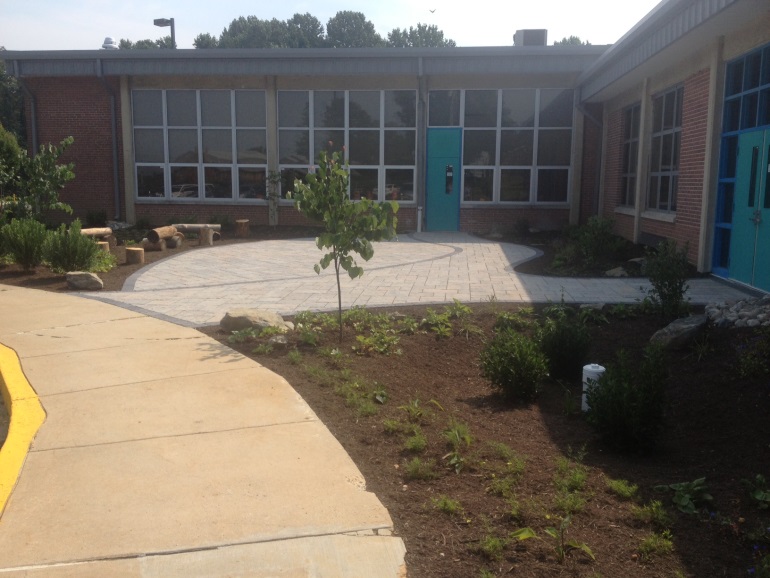
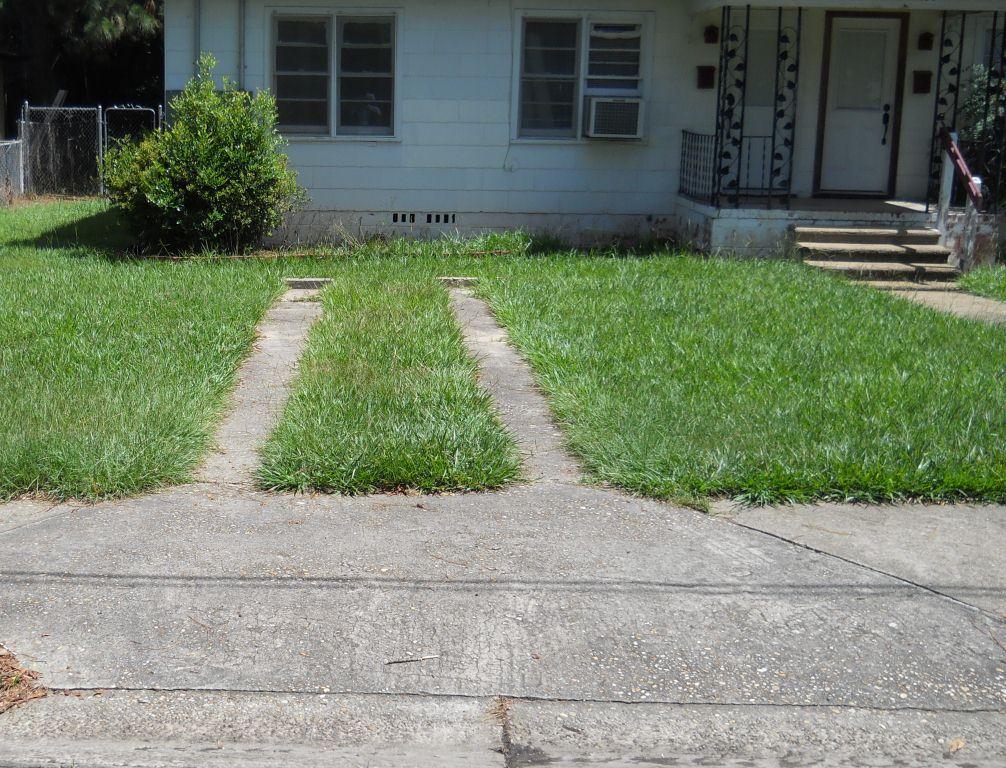
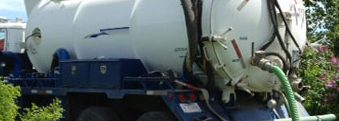


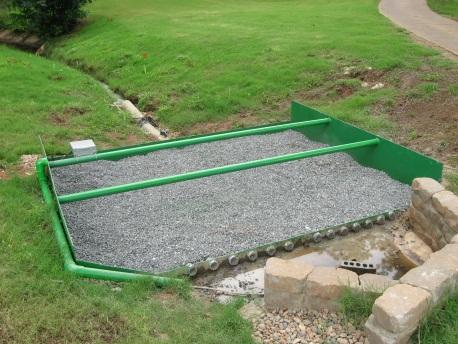
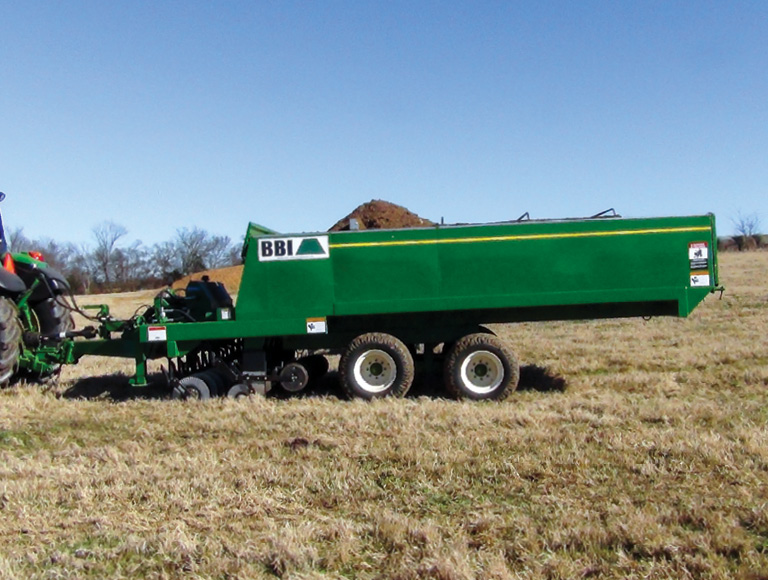
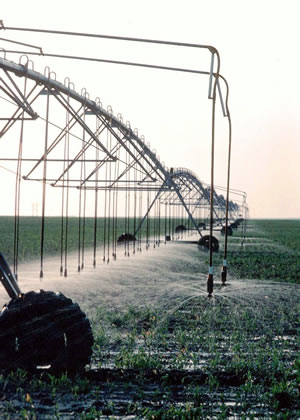
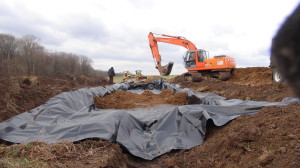
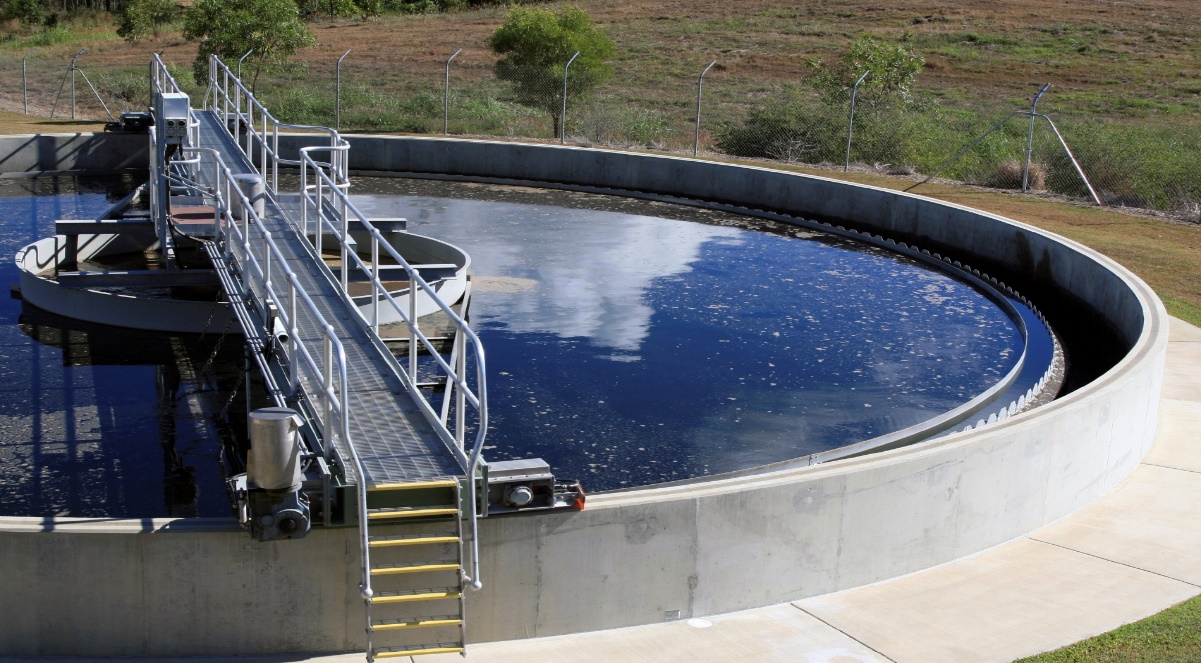


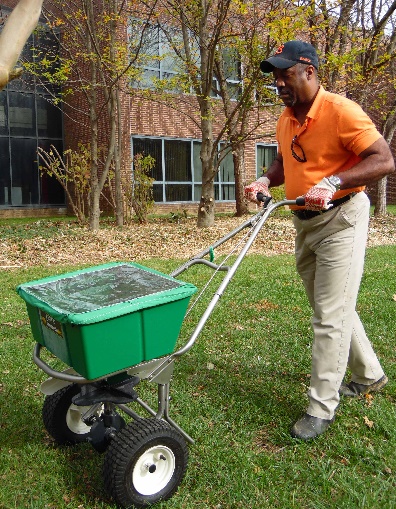

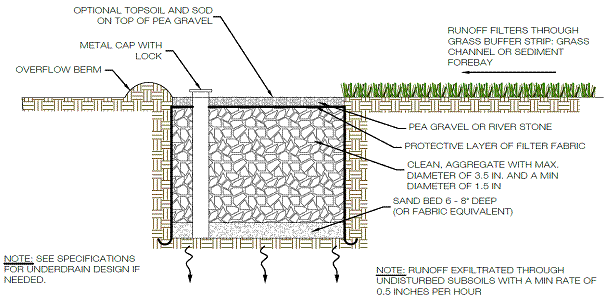
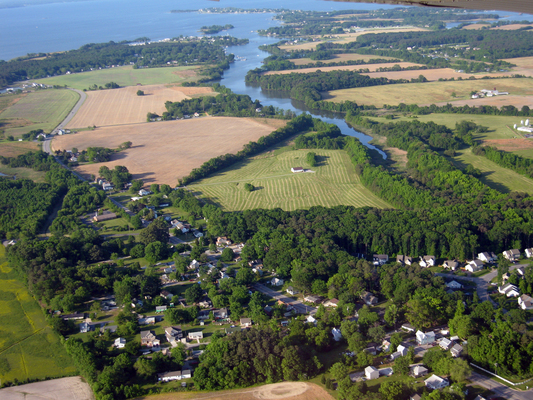
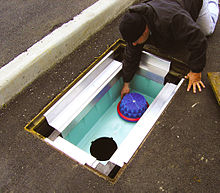
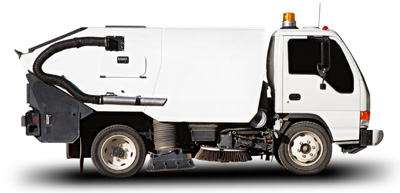
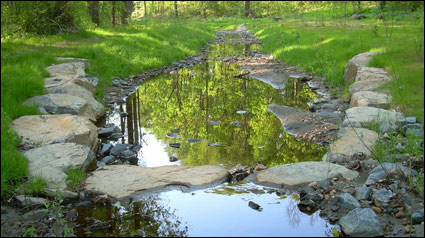
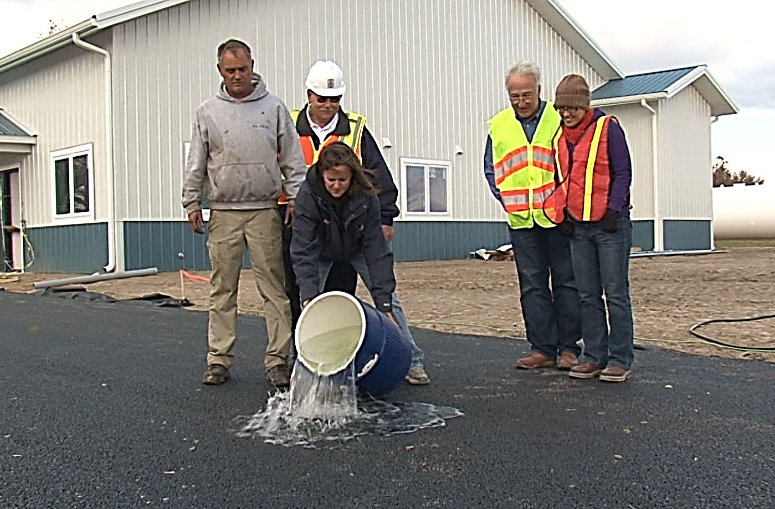
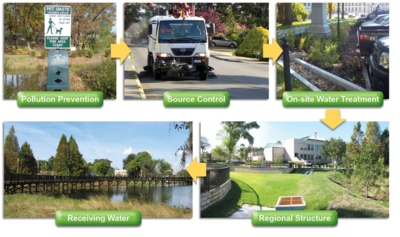

Feedback on This Best Practice